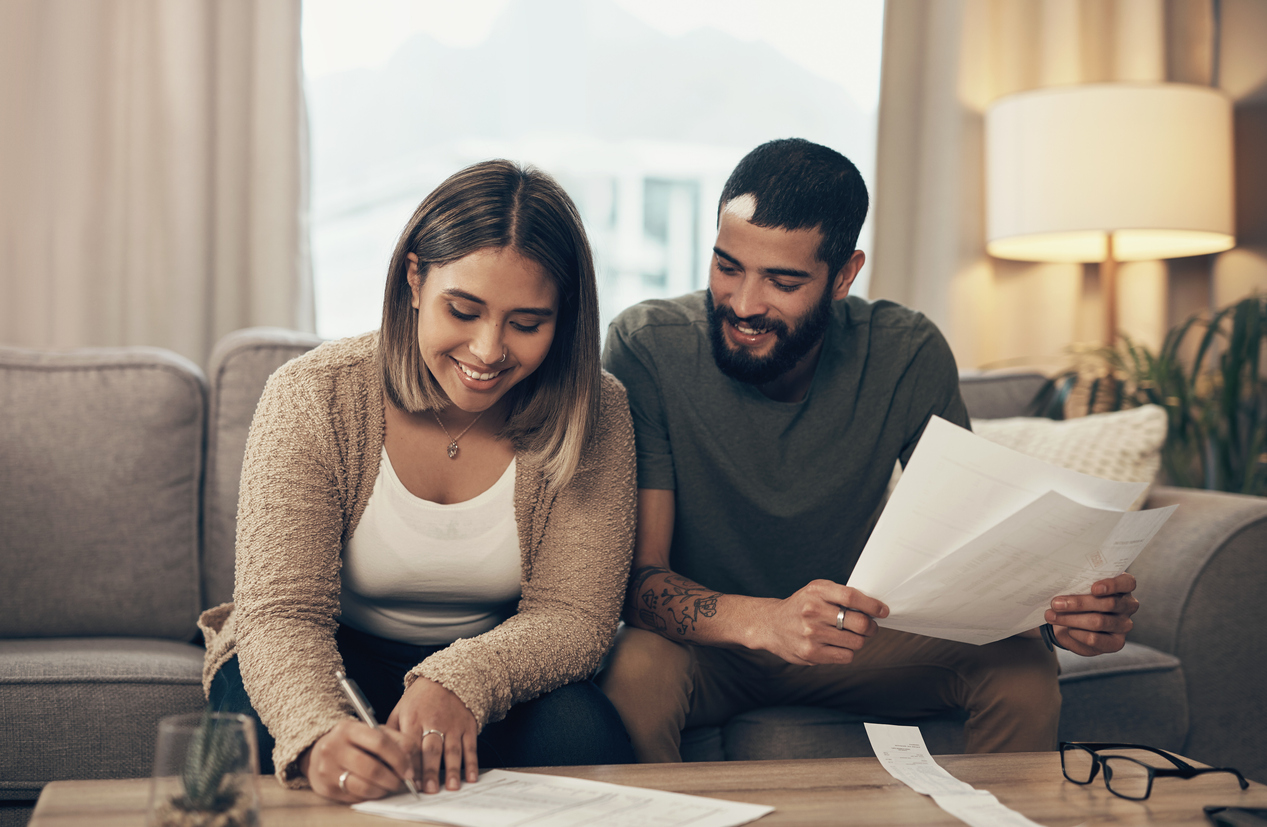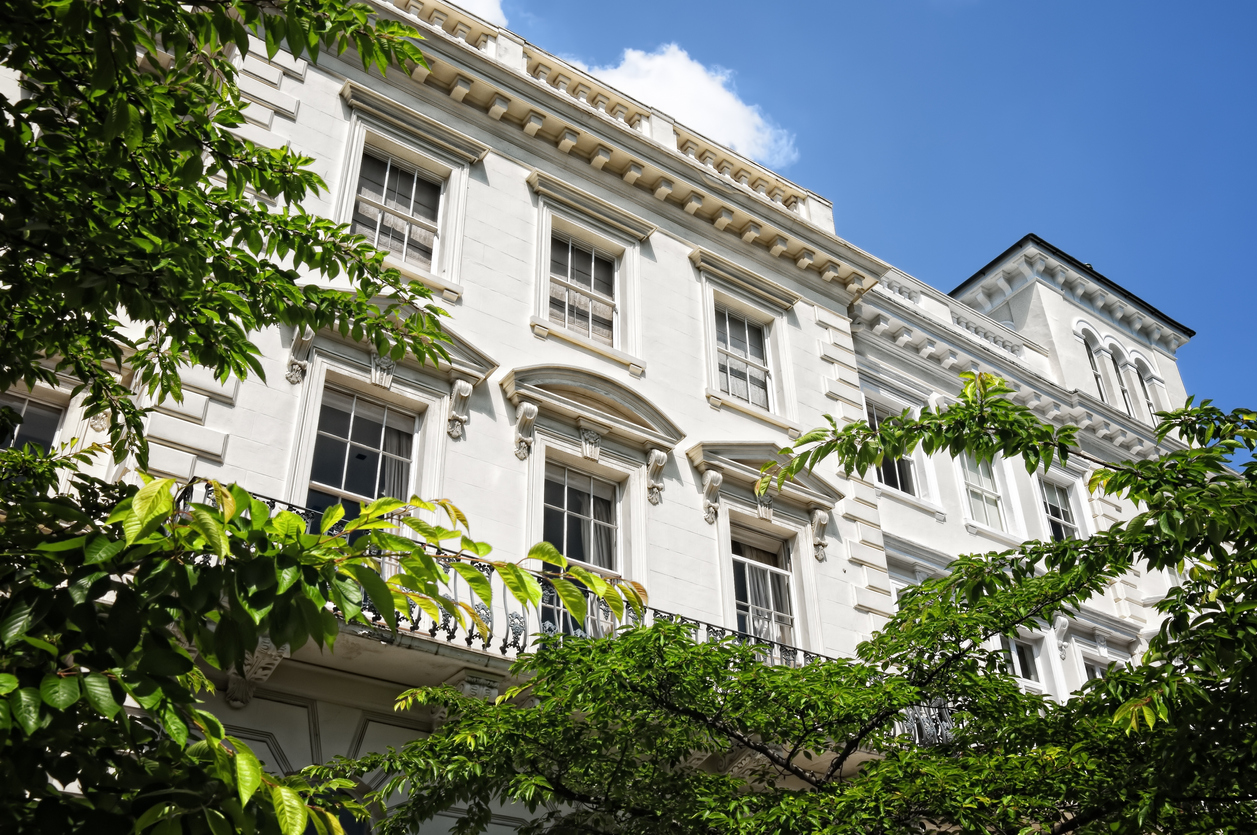
We know there’s a lot to consider when you are buying a second home in the capital. As you view a succession of properties for sale in London, you’ll find yourself considering a host of questions: What’s the area like? Are there good public transport links? Can I afford the asking price?
Your new pied-a-terre or buy-to-let will be a big investment, so it’s right to ask questions. But as you pore over the listing details, making notes to check on energy efficiency, security and concierge services, there’s one thing you may forget to ask: “How much is Stamp Duty on a second home?”
This question is important because Stamp Duty can add a significant amount to the overall cost of the property.
How Much are Second Home Stamp Duty Rates?
Calculate your Stamp Duty
Enter your purchase price, to calculate the stamp duty.
Stamp Duty Land Tax (SDLT) is a progressive tax payable when you purchase a freehold, leasehold or shared ownership property costing over £125,000.
Anyone in England, Wales, and Northern Ireland buying a new home will pay the standard rate of SDLT. (the only exceptions are for first time buyers). However, a higher rate is imposed for property owners purchasing buy-to-let properties or second homes. In those cases, buyers will be required to pay a 3 per cent surcharge unless they are purchasing a property that is exempt.
The table below shows that as the property price bracket increases, the SDLT rate also rises.
A buyer purchasing a £1.5m apartment as their main residence will pay £86,250 in SDLT. However, using a second property stamp duty calculator, you’ll see the amount of Stamp Duty payable on a second property is 3 percent higher.
Consequently, for anyone buying that £1.5m apartment as an additional home or buy-to-let, the Stamp Duty payable on a second property is £45,000 more: making a total of £131,250 above the agreed price.
Are there Exemptions and Ways to Avoid Paying the Second Home Surcharge?

Some properties are exempt from Stamp Duty, but the list is limited. It includes caravans, mobile homes, houseboats and properties costing less than £40,000.
There are a few circumstances in which the higher rate won’t apply. For example, if you happen to own a portfolio of properties but are simply replacing your main residence.
What if the property you buy is destined to become your primary residence, but you haven’t sold your old home yet? You will pay the higher rate in this case, but you can apply for a refund when the original property has sold, using HMRC’s online form. However, you must ensure your old home sells within 36 months (three years). HMRC will allow a longer period for the property to sell a) if the impact of the pandemic prevented the sale or b) if the sale was halted due to action taken by a local authority.
If you live in the UK but own a property (or a part of one) costing £40,000 or more anywhere else in the world, you will still be liable to pay the higher tax rate when you buy a further property. The same applies if you are an overseas resident who owns a property abroad. Buyers are treated as non-UK residents for SDLT if they are not present in the UK for 183 days or more in the 12 months before the date of the property purchase.
Extending a lease
You could be forgiven for thinking that simply extending a lease on another property that you own (such as a buy to let or pied a terre) wouldn’t make you liable for the additional 3 per cent SDLT.
Unfortunately, it does. Provided the payment doesn’t fit within the nil rate band and the premium agreed is £40,000 or over, you will be charged 3 per more for the transaction.
Stamp Duty, Partners and Family

You will not pay SDLT if the property you own has been left to you in a will.
If you are married or in a civil partnership, you are considered a single financial unit by HMRC. What if you live with your property-owning partner without legal ties and don’t own property yourself? In that situation, you can avoid the higher rate of SDLT, provided your partner has no financial involvement in the transaction.
Couples who are separated are treated as separate entities regarding their property ownership. That means each spouse can buy a property and it won’t be linked financially to any property their ex-partner owns.
Do you own a home but want to buy a property for your child’s use? Even if you’re not going to benefit from the property yourself, in the taxman’s view, it’s still your property, so you will have to pay the extra 3 per cent.
Still confused?
Stamp Duty rules can get complicated, particularly for globetrotting families who spend their time moving between several properties (and therefore may not consider they have one ‘main residence’). If you would like to talk through your Stamp Duty situation, why not get in touch with one of our property experts? We would be more than happy to help.
Contact us and let us know what type of property you are looking for.

